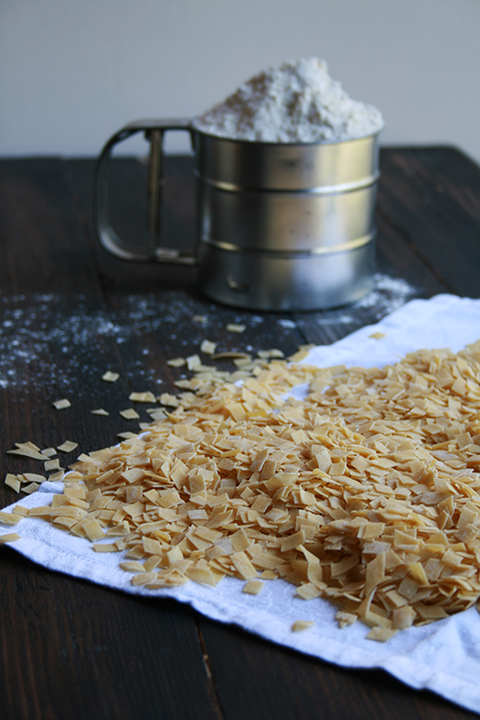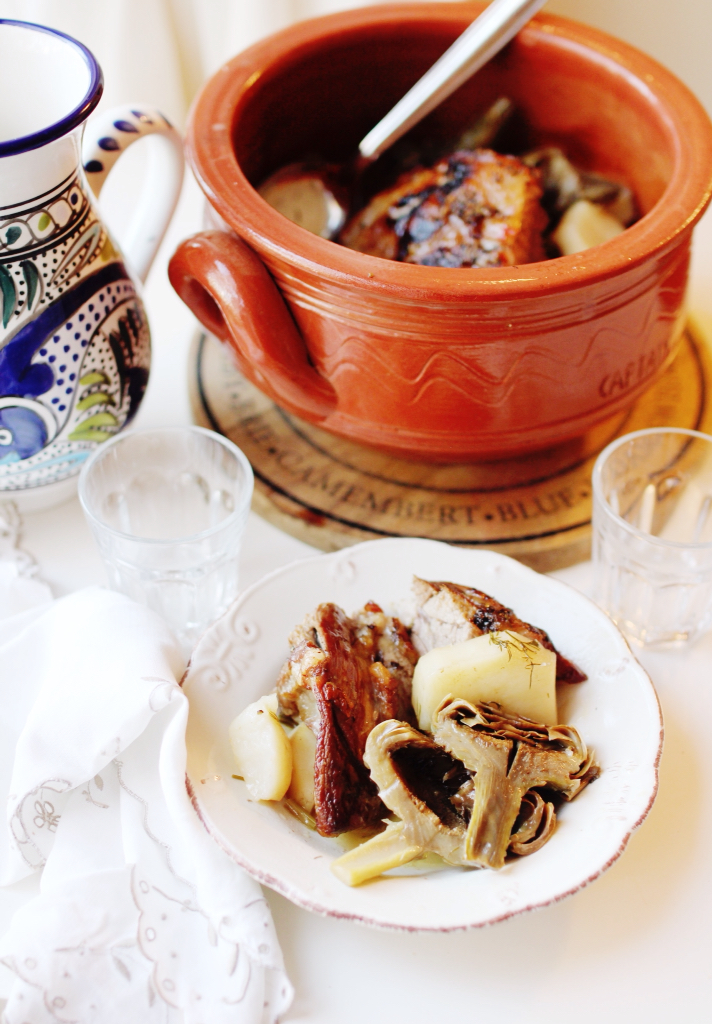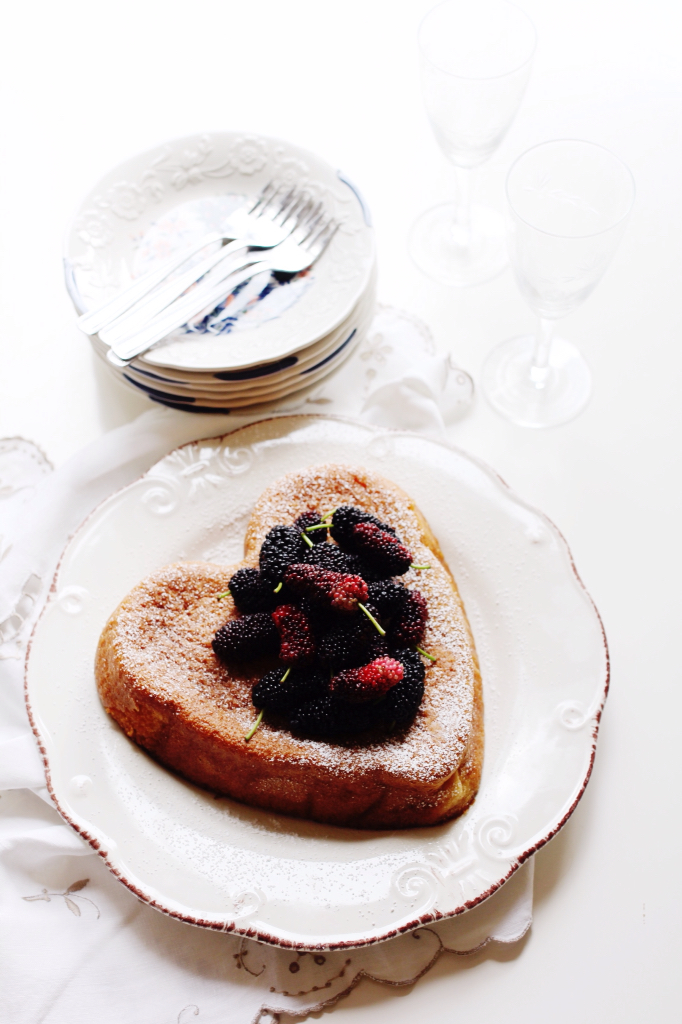Green almonds with tomatoes and peppers (Τσάγαλα γιαχνί)

One of the things I love most about my journey of discovery of Greek cooking is simply the variety of food used. The Greek motto when it comes to food is why buy it when you can either grow it - or forage it for free! There is no better time for foraging when it comes to spring - when there is an abundance of edible wild greens, herbs and shoots - just ripe for the picking. One of the rarer treats from the season are fresh, green almonds - picked before before the shell has hardened and the nut inside is still a little gelatinous capsule. Fresh or green almonds are called tsagala (Τσάγαλα) in Greek and they are somewhat of an old fashioned food. My husband had never eaten these raw or otherwise, but my parents in law remember them being a real treat as children, where they would compete with other kids in the village to see how many they could pinch off their neighbours trees. I didn't need to pinch my stash of green almonds off my neighbours tree. He happily offered them for free






